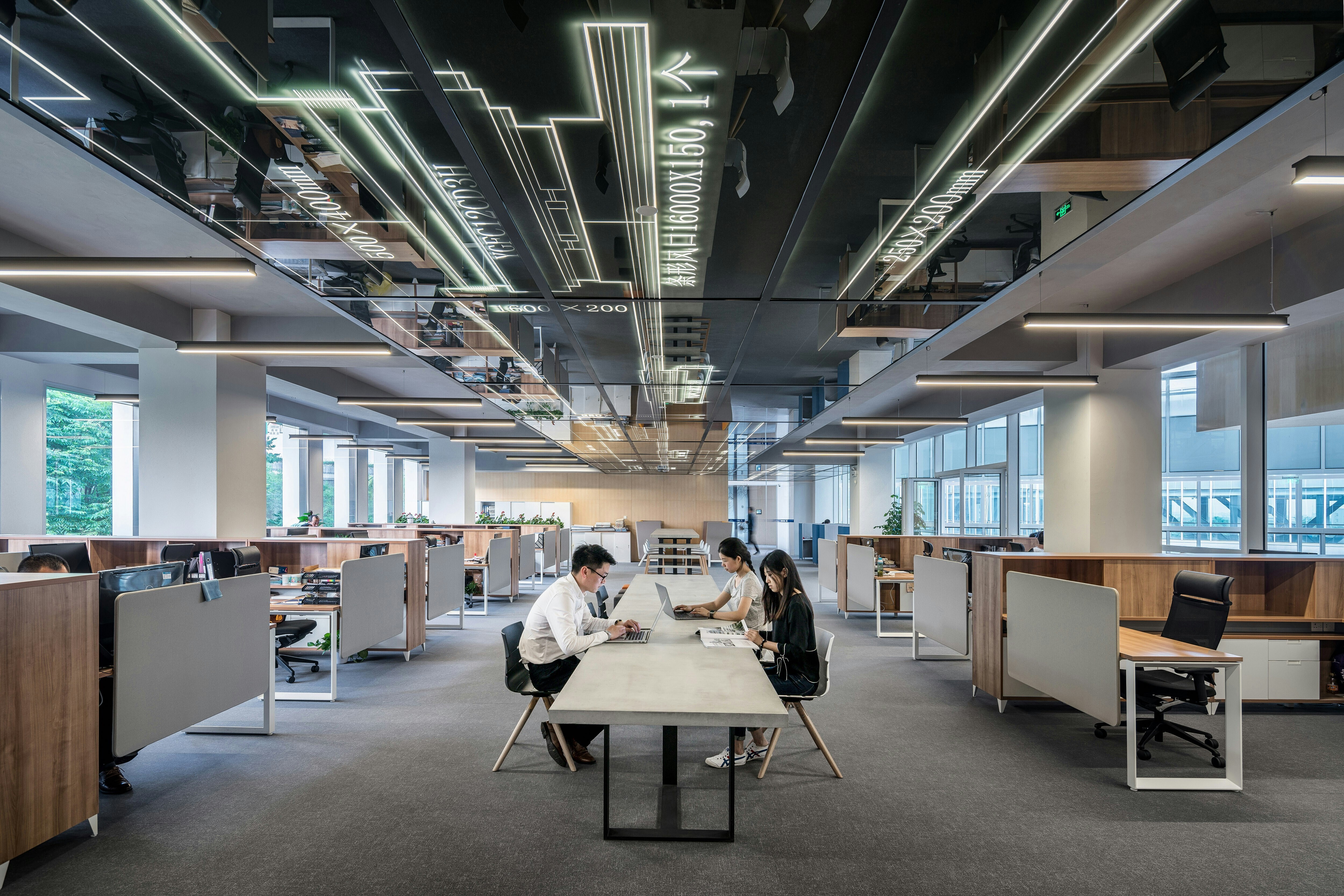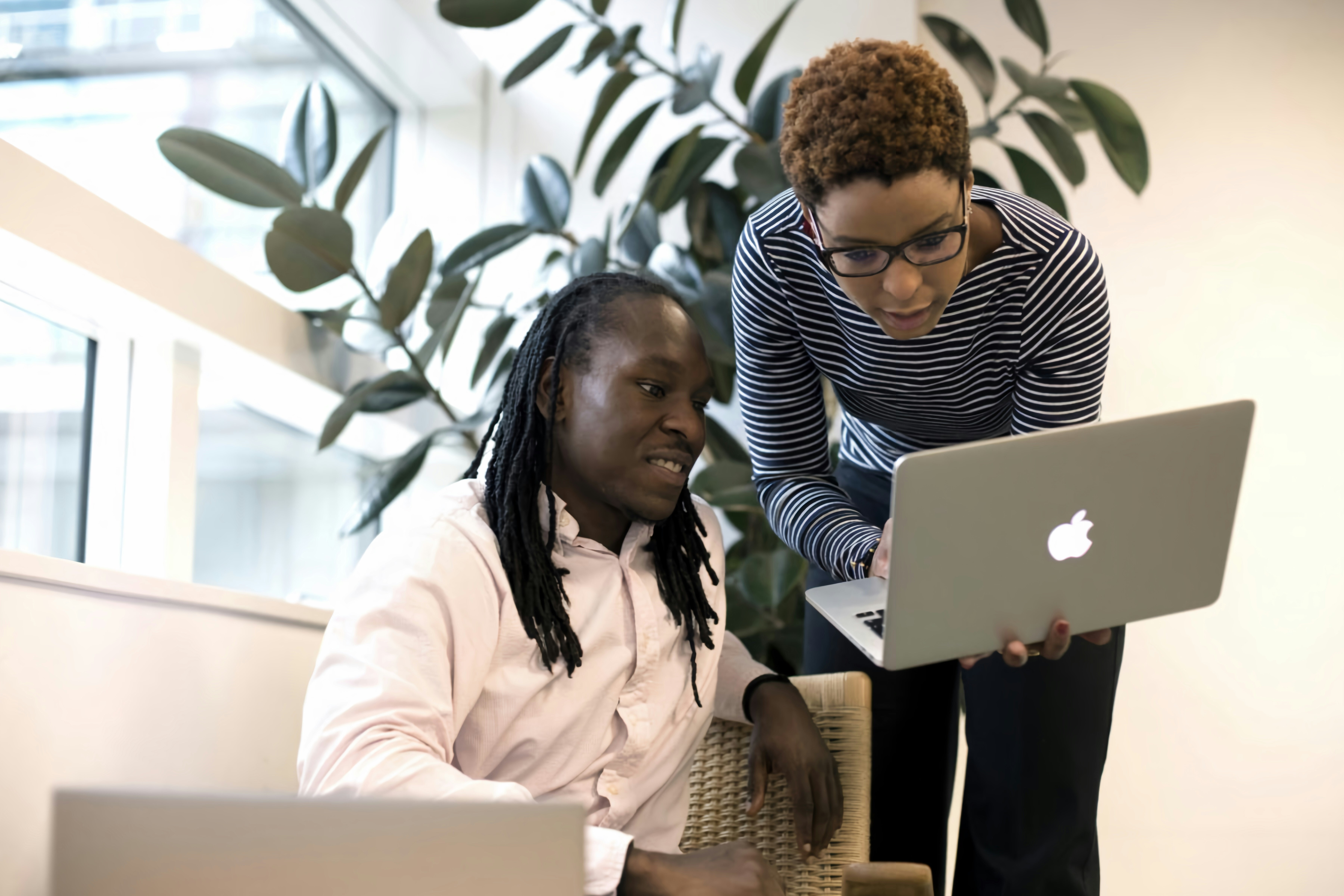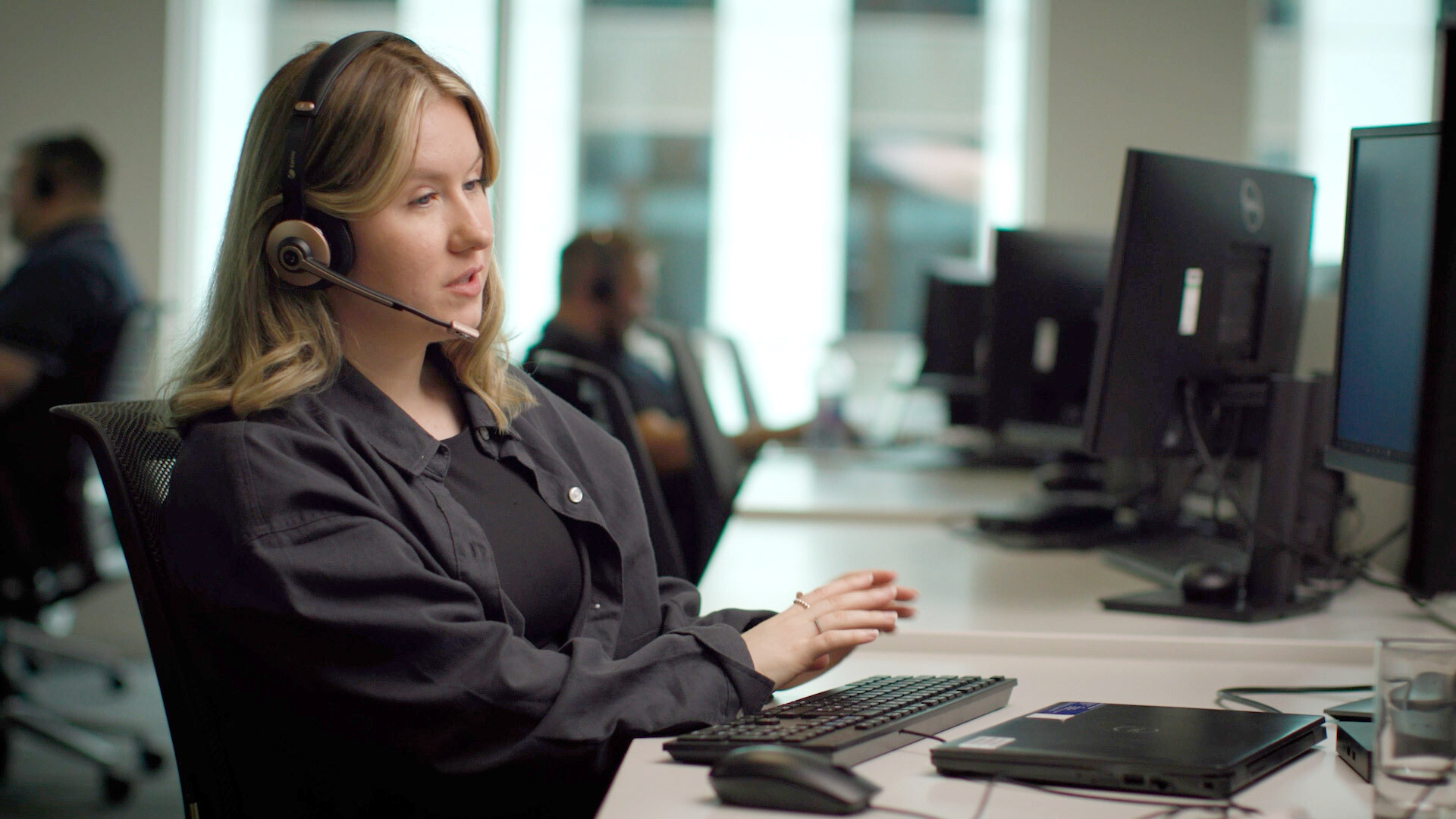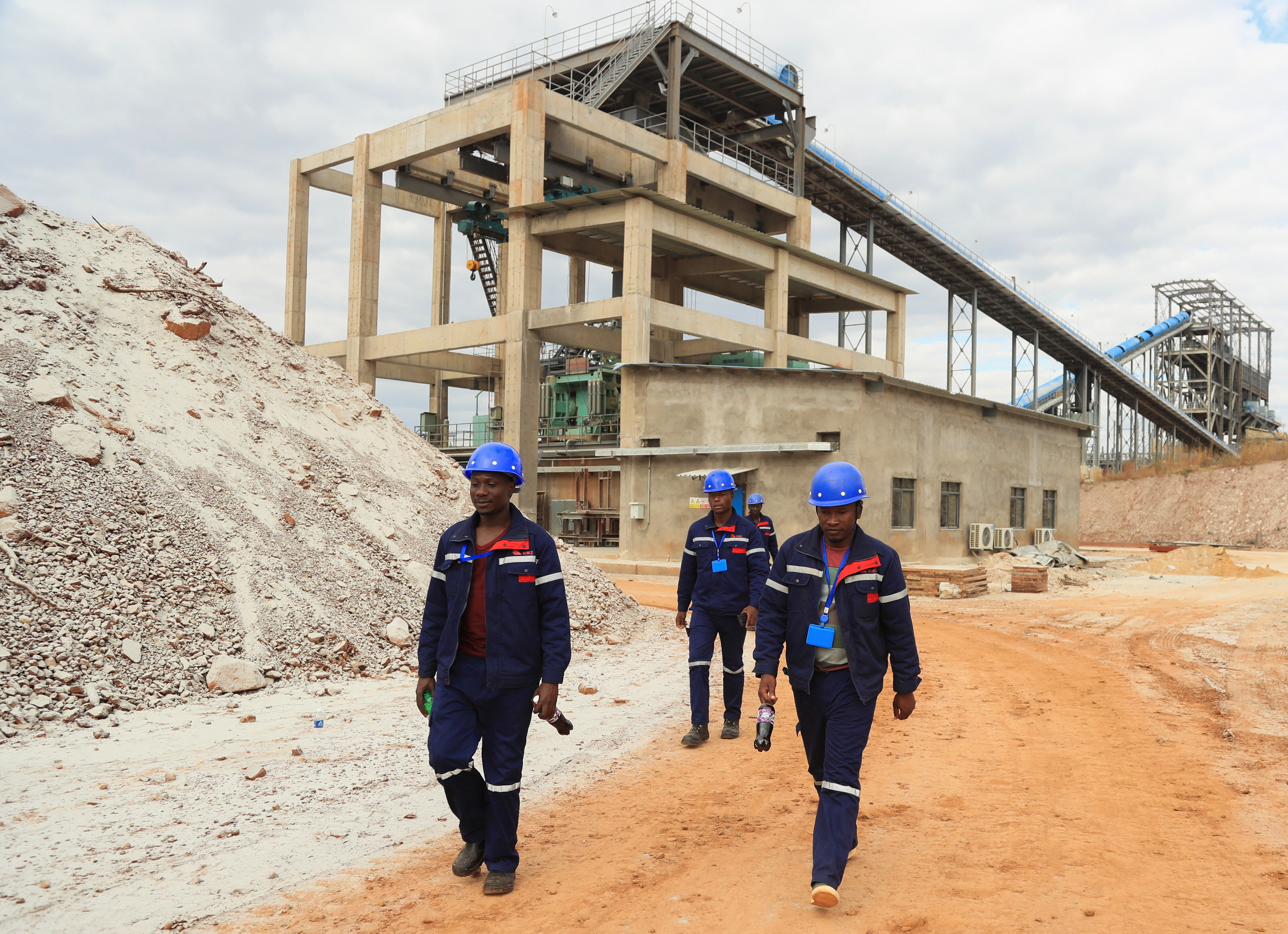The Future of Flexible Working, According to 6 Companies

'Everybody fits in the Zoom room' ... several organisations say remote working makes them more inclusive. Image: Unsplash
- Working from home or teleworking during the pandemic has ushered in a new era of productivity, inclusiveness and connectedness.
- Six business leaders discuss what has changed in the way they communicate and the future use of the office space.
- They're embracing trust, freedom and new leadership styles to ensure flexible working is viable, inclusive and here to stay.
COVID-19 has been a game-changer for offices and the way we work.
Remember the days when you could effortlessly walk over to a colleague and chat about a project? Many people are now used to doing this virtually – and although some of us will be returning to the workplace, it looks like remote working is here to stay in some form or other.
PwC’s Remote Work Survey asked US financial services companies about the topic in June. It found 69% expect almost two-thirds of their workforce to be working from home once a week in future.
Google, Salesforce, Facebook and PayPal are among the companies extending remote working to at least next summer, while Japanese tech firm Fujitsu is halving its office space and giving its 80,000 employees in the country unprecedented flexibility.
And almost half (48%) of the US employees surveyed by communications consultancy the Grossman Group said they wanted to continue working from home after the pandemic – and that the shift to remote work had positively impacted on their view of the company.

It's worth saying that flexible working – or working at all – is a privilege for those who have been lucky enough to keep their jobs during the pandemic. As job losses escalate, the International Labour Organization predicts that nearly half of the global workforce will become unemployed.
But remote working doesn’t work for everyone, or for all aspects of an organization.
To gauge what the future of flexible working – and the office – might be, the World Economic Forum spoke to six leaders. Here are 9 key takeaways.
1. Staff are more productive and engaged
Productivity has actually gone up in the pandemic, says Peter May, Chief People Officer at law firm Baker McKenzie. “People's commute times are almost non-existent. There are some problems with not having a commute for some people, but generally speaking productivity has gone up.”
Employees have understood what’s expected of them working from home – and been able to achieve it, says Dr Michael Ilgner, Global Head of Human Resources at Deutsche Bank: “So people perceive themselves as being very effective.”
Which means they’ve embraced remote working, he says: “Over 70% of people would prefer a more flexible work model, with one or two days per week at least at home. Pre-COVID it was exactly the other way around. So that has changed dramatically.”
Client pitches have proved more successful, because the acceptance of virtual pitching has opened up opportunities to bring in the right people to front them.
“One of the surprising benefits that's come through this is limitless possibilities,” says Bala Viswanathan, Chief Operating Officer at Mercer.
“We're getting increasingly successful in our pitches for clients, because of the level of collaboration suddenly. Every pitch is virtual, so we can now get the best experts that we have from anywhere in the world.
“If we're trying to pitch for a piece of work in the UK, I can suddenly get my Japanese colleague to come and join me, whereas previously I've had to choose from within my offices who's the best person to come for that pitch.”
2. Communication is more efficient and more inclusive
While we might not have been able to speak to our colleagues in person, video conferencing and collaboration platforms like Zoom and Microsoft Teams have taken off, enabling us to see each other – and see more people all in one space.
“We have learned different ways to communicate to employees and collaborate,” says Tracy Keogh, Chief Human Resources Officer at HP. “I think those have been really positive.”
HP created a series of “Connect with Enrique” talks with CEO Enrique Lores, which reached 85% of staff members in just a few months.
“It's a much better way to be able to engage with employees. Everybody fits in the Zoom room. They can all ask questions. It feels much more intimate and the whole leadership team can be there.”
Virtual discussions have also levelled the playing field for more introverted employees who don’t feel as comfortable speaking in person, says Jennifer O’Lear, Chief Diversity Officer, Head of Engagement & Inclusion at science and tech firm Merck Group.
“We are having much more efficient discussions, and we're doing a better job of making sure everybody gets heard, because we're all forced to live in the same frame.
“I saw some of the people I work with who are more introverted really blossom. They weren't having to spend so much energy managing immediate relationships in the office so they were just delivering great work and actually even delivering better presentations, because they were doing it online.”
3. Hierarchies are being flattened
Working from home has busted established hierarchies and silos, making us more efficient, believes Sigve Brekke, President & CEO at telecommunications company Telenor Group.
“We can actually bring down the number of layers in the organization through a more project-based way of work. You swap some of the traditional silos and the hierarchical ways of work for a more cross-functional, project way of working.”
This new way of operating boosts efficiency, because decisions are made faster and involve more people – and the organization's playing field levels out.
4. The office space is evolving into a collaboration and innovation hub
There’s still a need for a physical work environment: from onboarding new members of staff to collaboration, some things often just work better in an office.
And some think full-time remote working doesn’t work in the long-term.
“Over time, you realize there's something missing by way of collaboration – to sit together in a room, to see how people react to what you propose,” Dr Ilgner says. “And that's something we want to get back to.”
“The world could go remote,” says Viswanathan. “But as things stand with the current constraints in terms of technology, we believe the office will still be helpful for people to learn and collaborate. When it comes to strategic topics or innovation, it's still easier.”
5. This will require the right kind of planning
Enabling the best – and safest use – of office space will require an additional layer of planning to make sure the right people are there at the right time.
O’Lear says Merck won’t be adopting an all-remote working model, which means getting more organized.
“We just need to take a more planful approach to create space for interactions that happened before: discussions at the coffee machine, collaboration, role modelling of leaders, onboarding of new employees.
“We need to think: when do we bring people together and what kind of frame do they need in order to make that a meaningful interaction?
“For example, teams may plan meetings together while they’re onboarding a new colleague so they can really benefit from having days in the office when the whole team is together.”
6. And managers will need to cater for different groups’ needs
Being in the office will be a very different experience, says Keogh, and people will have different needs, whether that's homeschooling kids, looking after sick relatives or even navigating their own mental health issues.
“It may be coming in two days a week. You're going to have a core of ‘anchor’ people, that will be in the office most days because they need to be. Some people may never come into the office.
“So there will be different personas, depending on the work that you do and where you're located. We will continue to be very flexible around those people and make sure we're supporting each of those groups.”
Viswanathan says managers will have a new set of challenges: from how you manage an underperformer sitting at home to how to welcome a new joiner.
“How do you ensure that they are provided with the right kind of opportunities and mentors so they can grow? How do you manage them through that process?” he asks.
7. We’ll see new styles of leadership emerge as ‘presenteeism’ fades
Trust-based working (TBW) is similar to telework, but involves leaders assessing employees on their outputs alone, rather than time put in.
It’s something that Telenor is now embracing, says Brekke – and he predicts it will take off.
“We call it ‘Tight. Loose. Tight.’ You have to be ‘tight’ on expectation setting, on the goals and ambitions. It has to be very clear what you want your staff to do.
“The ‘loose’ part is that you give freedom and empowerment in letting people figure out themselves what is the best way to meet those targets.
“And then there is ‘tight’ again on the follow-up and on the accountability. You need to do all these three things if this is to work. So I think activity-based leadership will disappear – and it will be replaced by goals and ambitions-related leadership.”
Dr Ilgner agrees: “The old way is where you come in, work your time and leave again. But this way, you hand over the responsibility to people. You set them a task – ‘By tomorrow, we want to have that strategy done’ – then leave it up to them how effectively they use their time: how much they concentrate, how much they chat with colleagues, how much collaboration they need.”
8. New models of working mean communication is key
Teleworking and trust-based working will mean leaders need to actively communicate more frequently and intentionally, says Dr Ilgner.
“We’ll need to tell people, ‘This is our common strategy. This is what I expect from you and your team, by that time. Do you understand what I'm expecting?’ And then define joint deliverables and communicate regularly and intentionally on how those get done.
“What hasn't changed is one-on-one meetings, having a strategic plan process, defining key performance indicators and following up on process efficiencies. Those things can be done the same way in a remote manner.
“But overcoming traditional ways of being open to ideas from people, and giving them freedom to deliver within a certain timeframe has changed.”
9. We’ll need to stay vigilant and more flexible in the face of COVID-19
The pandemic is not over yet and some countries are seeing a rise in infections, so we need to be careful and stay flexible in 2020, says Dr Ilgner.
"One of the lessons to be learned from the pandemic is that, having speeded up new ways of thinking about how to work with one another, we now know more about what flexible work models can look like
“Preserving and developing that is our main task in the future.”
Don't miss any update on this topic
Create a free account and access your personalized content collection with our latest publications and analyses.
License and Republishing
World Economic Forum articles may be republished in accordance with the Creative Commons Attribution-NonCommercial-NoDerivatives 4.0 International Public License, and in accordance with our Terms of Use.
The views expressed in this article are those of the author alone and not the World Economic Forum.
Stay up to date:
Future of Work
Forum Stories newsletter
Bringing you weekly curated insights and analysis on the global issues that matter.
More on Jobs and the Future of WorkSee all
Till Leopold
November 14, 2025









